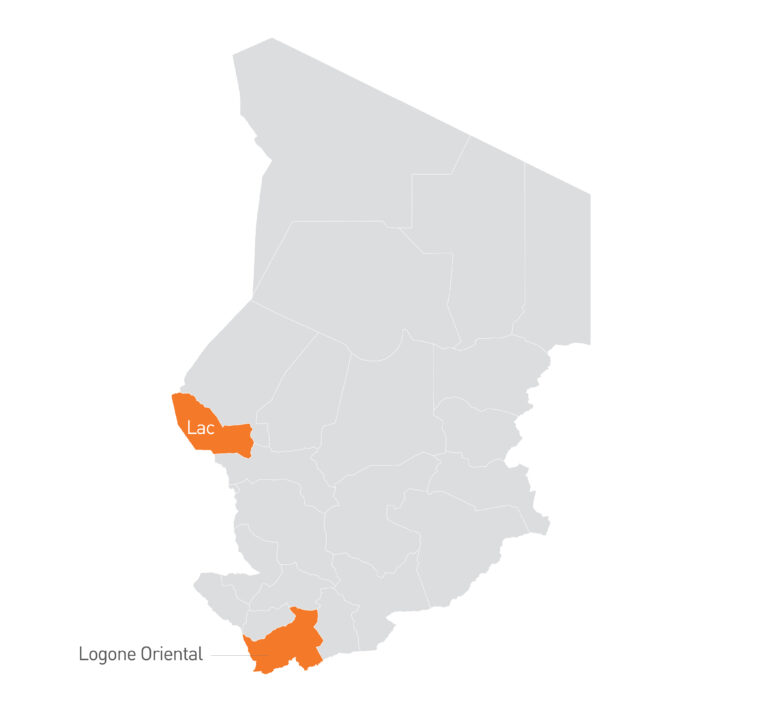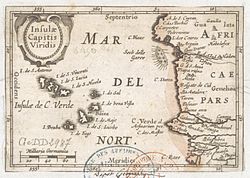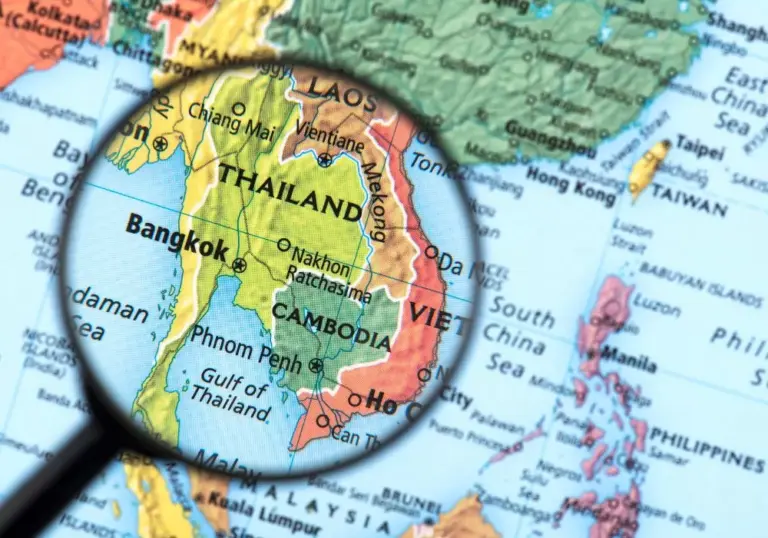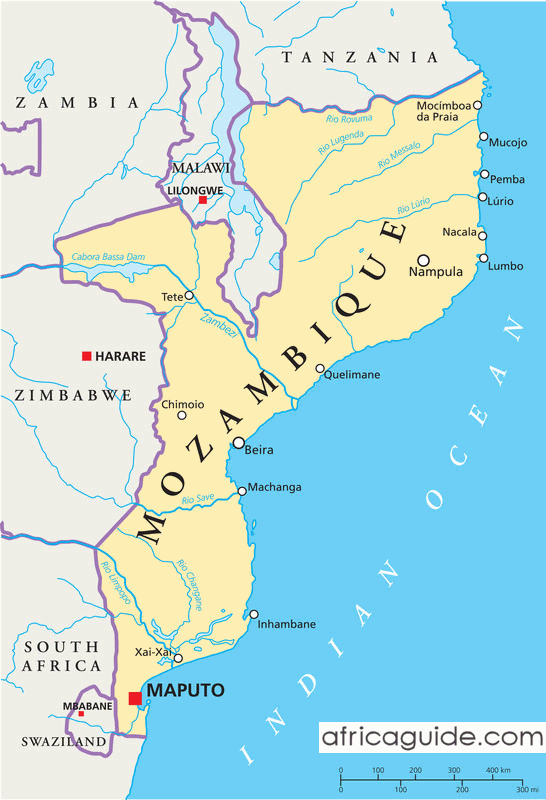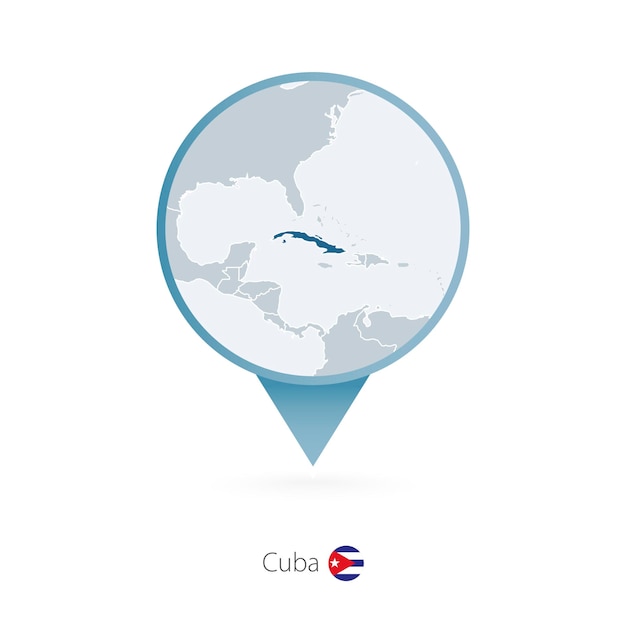Japan Neighbouring Countries and East Asian Borders
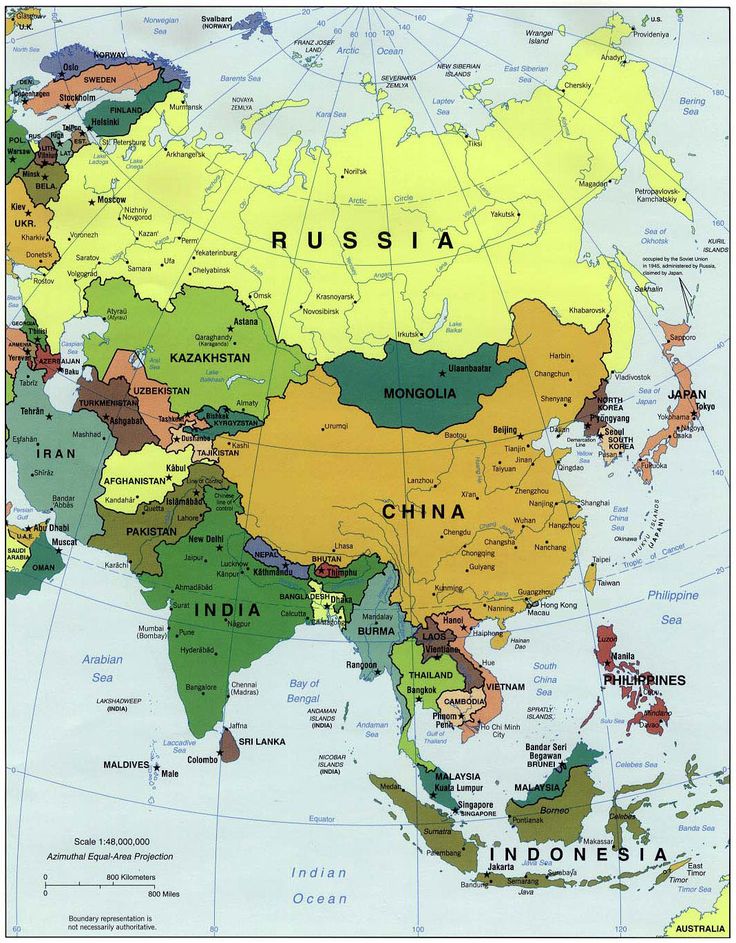
Japan’s Neighboring Countries
Immediate Neighbors
Japan is an island that loves its watery borders as much as its tasty ramen. It’s surrounded by the Sea of Okhotsk to the north, the Sea of Japan to the west, the East China Sea to the southwest, and the Pacific Ocean to the east. But don’t let that water fool you, Japan’s got some mainland pals not too far away.
| Neighbor Country | Distance from Japan (miles) | Sea Separation |
|---|---|---|
| Russia (Siberian Region) | ≈28 | Sea of Okhotsk |
| South Korea | ≈124 | Sea of Japan |
| China | ≈497 | East China Sea |
Despite the wet gaps, Japan cozies up to Russia up north, and South Korea plus China a bit further south. These close quarters have stirred up some juicy political dramas over the years.
Territorial Disputes
Japan’s got itself tangled in a few territorial tiffs with these neighbors. Here’s the lowdown on what’s what:
-
Kuril Islands Drama: Up north, you’ve got these islands that Russia’s holding onto but Japan’s got its eye on. This spat’s like a family feud that never quite goes away.
-
Okinotorishima Coral Clash: Japan’s got dibs on these coral reefs, but not everyone agrees. The squabble’s as much about law books as it is about the actual oceanic territory.
-
Senkaku Islands Showdown: These rocks are Japan’s pride, but China and Taiwan are all, “Nope, they’re ours too!” It’s like cousins fighting over grandma’s winning pie recipe.
-
Liancourt Rocks Rumble: Korea calls them Dokdo, but Japan’s naming them something else entirely, and there’s no agreement yet. Korea’s got ’em, but Japan hasn’t given up its claim.
For all the juicy bits about these tussles, check out the Japan’s Territorial Disputes section.
Grasping why these lines are drawn in water and not pencil is key to getting why Japan’s policies sometimes feel like they’re on a tilt-a-whirl. If you’re curious about neighbor fights in Europe or South Asia, slide on over to our takes on Germany’s Neighbors and India’s Neighbors. They’ve got their own share of tea to spill.
Japan’s Territorial Disputes
Japan’s got a few ongoing turf wars with its neighbors that stem from historical baggage and past international pacts. Getting a handle on these squabbles sheds some light on the tricky political dance happening in East Asia.
The Kuril Islands Dispute
Japan calls the Kuril Islands the Northern Territories, including Iturup, Kunashir, Shikotan, and the Habomai Islands. Claims on these islands are sorta tangled up in the messy aftermath of World War II and deals like the Yalta Agreement and the Treaty of San Francisco. Their spat with Russia over these rocks has kept them from officially shaking hands since the war (Wikipedia).
| Kuril Islands | Who’s Claiming | What’s the Fuss? |
|---|---|---|
| Iturup, Kunashir, Shikotan, Habomai Islands | Japan, Russia | Old-school claims, leftover WWII paperwork |
Okinotorishima Dispute
When it comes to Okinotorishima in the Philippine Sea, Japan’s calling it an islet, aiming to snag a hefty exclusive economic zone (EEZ) around it thanks to the United Nations Convention on the Law of the Sea (UNCLOS). But that claim’s getting an eyebrow raise from China, Taiwan, and South Korea, who argue over whether it’s really up to islet standards, putting Japan’s big EEZ dreams on thin ice (Wikipedia).
| Disputed Area | Who’s Claiming | What’s the Fuss? |
|---|---|---|
| Okinotorishima | Japan, China, Taiwan, South Korea | Debates over islet status under UNCLOS |
Senkaku Islands Dispute
The Senkaku Islands, hanging out in the East China Sea, have Japan, the People’s Republic of China (PRC), and Taiwan all squaring off. The potential for striking it rich with oil makes these islands a prized piece of oceanfront property, adding some serious fuel to the fire since the ’70s (Wikipedia).
| Senkaku Islands | Who’s Claiming | What’s the Fuss? |
|---|---|---|
| Senkaku Islands | Japan, PRC, Taiwan | Possible oil jackpot, old claims |
Liancourt Rocks Dispute
The Liancourt Rocks, dubbed Takeshima by Japan and Dokdo or Tokto by Korea, are little chunks of land in the Sea of Japan. Japan and South Korea are in a tug-of-war, each waving around historical documents to back their claims. North Korea pops in occasionally, but mostly it’s Japan and South Korea hashing it out (Wikipedia).
| Liancourt Rocks | Who’s Claiming | What’s the Fuss? |
|---|---|---|
| Liancourt Rocks | Japan, South Korea, North Korea | Who-did-what-when records, key location |
Curious about how these clashes ripple through the region? Check out our takes on Dominican Republic neighbors, Ecuador neighbors, and Egypt neighbors for a broader picture.
Japan’s Geographical Surroundings
Japan’s surroundings aren’t just scenic backdrops for postcard views; they shape its resources, environment, and strategic chops. Get a peek into how Japan handles sprawling sea borders and the treasure trove of resources they bring.
Seas Around Japan
Japan, being hemmed in by water on all sides, dabbles in maritime magic that affects its weather, trade biz, and security (Wikipedia). Here’s the lowdown:
- Sea of Okhotsk: Chill out up north where fishing’s a big deal and shipping rules the waves.
- Sea of Japan: Over to the west, keeping Japan cozy while nudging elbows with Korea and Russia.
- East China Sea: South-western vibes bring bustling trade lanes and a buffet of natural goodies.
- Pacific Ocean: On the eastern wing, it opens the door to deep-sea treasures and global aquatic adventures.
These waters don’t just twinkle in the sun but are key players in driving fishing hauls, trade routes, and energy finds.
Natural Resources Discovery
The jackpot came when rare-earth minerals, those smarty-pants materials everyone wants, were found tappin’ their toes near Minami-Tori-shima. To be exact, about 16 million tons are sitting pretty about 250 km from Minami-Tori-shima at a depth that gives divers nightmares (Wikipedia).
| Resource | Quantity Surprised Us | Location |
|---|---|---|
| Rare-earth minerals | 16 million tons | 250 km south of Minami-Tori-shima at 5,700 m depth |
This discovery could be Japan’s ace up the sleeve, easing its import anxiety for high-tech materials.
Geothermal Reserves
Third place ain’t shabby when it means Japan’s sitting on a geothermal hotbed. Post-Fukushima, everyone started eyeing geothermal as the hero in a story of renewables. The Ministry of Economy, Trade, and Industry is snooping around 40-plus spots for possible geothermal power action (Wikipedia).
| Rank | Country | Geothermal Reserves Fan Club |
|---|---|---|
| 1 | United States | Has a geyser party going |
| 2 | Philippines | Erupting with potential |
| 3 | Japan | Bubbling with energy |
Geothermal’s the darling of the renewables world, aiming to keep Japan powered and squeaky clean.
Craving more globally juicy geography tidbits? Check out our chatter on the Dominican Republic’s neighbors and Ecuador’s nearby pals.
Japan’s Territorial Sea
Japan, a collection of islands, has crystal-clear sea borders that are pretty important for its geography and mingling with other nations. Getting a grasp on these watery lines helps you see how Japan deals with its neighboring countries.
Extent of Territorial Waters
Japan’s sea stretches out to 12 nautical miles (or 22.2 km/13.8 miles) from its shores. It’s like extending Japan’s sovereignty from land to sea. In this stretch, Japan runs the show, calling the shots on fishing, getting resources, and other activities that keep the nation ticking.
| Feature | Distance from Coast |
|---|---|
| Territorial Sea | 12 nmi (22.2 km or 13.8 mi) |
International Straits
Japan’s waters feature a few international shortcuts where the territorial sea could be anywhere between 3 and 12 nautical miles (5.6 to 22.2 km or 3.5 to 13.8 miles). These straits are vital passageways not just for Japan, but also for ships from all over the globe.
- La Pérouse (Sōya) Strait
- Tsugaru Strait
- Ōsumi Strait
- Tsushima Strait
Through these straits, foreign ships can pass under a transit passage deal, which keeps navigation freedom intact while considering the coastal state’s safety and interests. These paths are crucial for keeping Japan’s sea boundaries intact and smoothening trade and diplomacy with neighboring lands.
| Strait | Territorial Sea Range |
|---|---|
| La Pérouse (Sōya) | 3 – 12 nmi (5.6 – 22.2 km; 3.5 – 13.8 mi) |
| Tsugaru | 3 – 12 nmi (5.6 – 22.2 km; 3.5 – 13.8 mi) |
| Ōsumi | 3 – 12 nmi (5.6 – 22.2 km; 3.5 – 13.8 mi) |
| Tsushima | 3 – 12 nmi (5.6 – 22.2 km; 3.5 – 13.8 mi) |
Want to see how Japan’s sea borders stack up against other countries or check out how it affects different regions? Dive into our articles on Ecuador’s neighboring countries and Ethiopia neighboring countries.
Human Impact on Japan’s Geography
Land Reclamation Projects
You ever wonder how Japan fits all those skyscrapers and bustling streets on its tiny islands? Give credit to land reclamation. This whole “creating-land-where-there-ain’t-none” game has been Japan’s secret weapon, especially after World War II. They’ve managed to carve out a whole 0.5% of extra space across the nation (Wikipedia). You can thank these projects for sparking Japan’s growth and city sprawl.
Major Land Reclamation Projects
Here’s a peek at some marquee projects that turned the sea into thriving hubs:
| Project | Area (sq km) | Use |
|---|---|---|
| Kansai International Airport | 10 | Where planes come to park |
| Odaiba, Tokyo | 1.66 | Shopping, living, and working right on the bay |
| Port Island, Kobe | 5.43 | Mix of living space, ports, and shopping zones |
| Minato Mirai 21, Yokohama | 1.11 | Shiny urban expansion |
Data spills from World Atlas
Economic and Environmental Impact
With cities packed like sardines, Japan’s reclaimed lands are the real MVPs:
- Urban Development: Think of Odaiba in Tokyo for your shopping marathon or Minato Mirai 21 in Yokohama as your urban playground.
- Transportation Infrastructure: Kansai kicks off as a prime spot for flights, not possible without a ton-load of fill-dirt.
Sure, it’s a land-saving jackpot, but it’s not all sunshine and rainbows. Think about how these massive efforts swallow up natural coastlines and what mother nature might do in return, like during earthquakes, with risks like soil liquefaction looming.
Check out Japan’s Geographical Surroundings if you’re keen to know more about its epic scenery.
International Examples of Land Reclamation
It ain’t just Japan riding this wave. Over in the Netherlands and Singapore, they also play the reclamation game like pros. The Dutch have their low-lying polders that would even impress Poseidon, and Singapore’s been beefing up its borders with spots like Marina Bay.
| Country | Land Reclaimed (%) | Big Hits |
|---|---|---|
| Japan | 0.5 | Kansai International Airport, Odaiba |
| Netherlands | 27 | Flevoland, IJsselmeer polders |
| Singapore | 25 | Marina Bay, Changi Airport reach-out |
Kid-friendly deets from National Geographic Kids
Get low on how countries wrangle their borders by darting over to el salvador neighbouring countries and ethiopia neighbouring countries.
Japan’s push for extra land is more than just a construction tale; it’s a lesson on how humans can shuffle and deal with the cards handed by nature. It highlights not only the economic perks of expansion but also nudges us to keep an eye on preserving Earth’s balance.
Comparison with Other Nations
Borders with Neighboring Countries
Japan stands out in how it rubs shoulders with the world. Being an island nation, it only cozies up to one other country: North Korea. This sets it apart from other lands that often find themselves juggling multiple neighbors.
Comparison with Germany
Now, let’s talk about Germany, which clearly didn’t get the memo about playing it solo. It shares its backyard with nine different countries: Austria, Belgium, Czech Republic, Denmark, France, Luxembourg, Netherlands, Poland, and Switzerland. It’s like a big family reunion every day!
| Country | Number of Bordering Nations | Neighboring Countries |
|---|---|---|
| Japan | 1 | North Korea |
| Germany | 9 | Austria, Belgium, Czech Republic, Denmark, France, Luxembourg, Netherlands, Poland, Switzerland |
Comparison with China and Russia
China and Russia are the all-stars when it comes to shaking hands with the most countries. Both have 14 neighbors to chat with, making them the social butterflies of the geopolitical world.
- China: Afghanistan, Bhutan, India, Kazakhstan, Mongolia, Nepal, North Korea, Pakistan, Russia, among a few more.
- Russia: Norway, Finland, Estonia, Latvia, Lithuania, Poland, Belarus, Ukraine, Georgia, Azerbaijan, Kazakhstan, China, Mongolia, North Korea.
| Country | Number of Bordering Nations | Neighboring Countries |
|---|---|---|
| China | 14 | Afghanistan, Bhutan, India, Kazakhstan, Mongolia, Nepal, North Korea, Pakistan, Russia, and others |
| Russia | 14 | Norway, Finland, Estonia, Latvia, Lithuania, Poland, Belarus, Ukraine, Georgia, Azerbaijan, Kazakhstan, China, Mongolia, North Korea |
Insights
These border setups say a lot about each country’s story. For Japan, having North Korea as its only neighbor keeps things straightforward — fewer folks at the party means fewer complications. Meanwhile, Germany, China, and Russia have a lot more complexity in their backyard BBQs, given all those borders they manage.
If you’re itching to learn more about how other countries handle their neighborly ties, check out topics like:
- Ethiopia neighboring countries
- Iran neighboring countries
- Italy neighboring countries
- Equatorial Guinea neighboring countries

